The first thing you should know about Montenegro is that it is wildly more dramatic than you might imagine. It would be frankly rude not to pull up on its precarious mountain roads and gawp. In summer the Adriatic shines; in autumn the mountains compete with New England for glorious, rich colours.
The second thing you should know is that there is a relaxing lack of big-hitting sights. And anything you do want to do won’t take long. Even the most beautiful and Venetian of the tiny Balkan state’s towns take an afternoon at most to peruse, leaving plenty of time for lingering coffee stops and long fish lunches in the family konobas strung along the coast (which, if you were pushing it, you could drive end to end in around three hours).
The third thing you should know is that the Montenegrin’s signature snack, the savoury pastry borek, comes in four flavours – ‘meat, cheese, cheese or cheese’ – and bakeries will have run out by lunch.
Fuelled on early morning borek from a bakery in the old royal capital Cetinje, we make a first stop at Montenegro’s regal mountain, Lovcen, before navigating a spaghetti of roads to meet Milena Milic, who runs a small group of boutique hotels around the Bay of Kotor and who is championing Montenegro to give its more prestigious neighbour Croatia a run for its money attracting tourists.
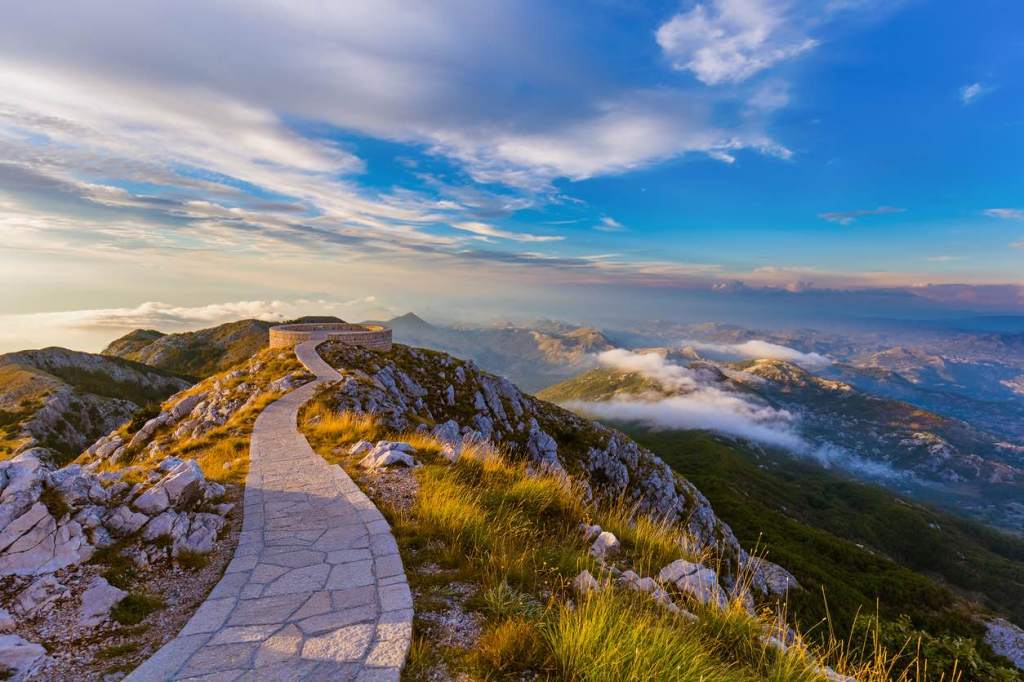
The hotels grew out of her husband’s family grocery business and the pair have managed through successive crises: the aftermath of the 2008 financial crash, Covid and more recently the sudden drop in both Russian and Ukrainian tourists who would normally spend summer on the Adriatic coast.
The Casa del Mare hotels are unassuming but immaculate. Where we stay in Kamaneri the balconies look out on the twinkling bay, and there is a rooftop garden to enjoy in summer. At the hotel’s beachside restaurant, Milic sticks to local food from her long list of local contacts: fig and sage grappas, the area’s signature cuttlefish ink risotto, tuna caught up the coast at Bar and dry-aged for 21 days.
Beaches and their multicoloured pebbles aside, one of Montenegro’s more surprising emerging assets is its wine scene
She raises an eyebrow when we say we plan to swim in the sea outside of the summer season. Montenegrins – a huge water polo-playing nation – consider any water temperature under 24°C a crime. Instead she directs us to Catovica Mlini, a fish restaurant in and around an ancient mill that has belonged to the same family for 300 years. Take it as you will that both Novak Djokovic and Bruce Forsyth are among more recent guests.
Around the rest of the bow-shaped Kotor coastline, the towns have a forgotten appeal. Kotor town itself is stalwart and proud; sleepy Prcanj is dominated by an outsized church; and Perast’s decrepit palazzos conjure up their own fairytales. In Herceg Novi, hundreds of tiny flights of stairs will draw you into sleepy sunny courtyards, several dominated by humming coffee bars.
Svetlana Dapchevich, general manager of Villa Geba, 60km down the coast, tells us that every beach in Montenegro is different – ‘even all the pebble colours are different’. At Sveti Stefan, the peculiar peninsula that was commandeered as a national hotel in 1936, pushing the remaining families on to the mainland opposite, the beach is pale terracotta.
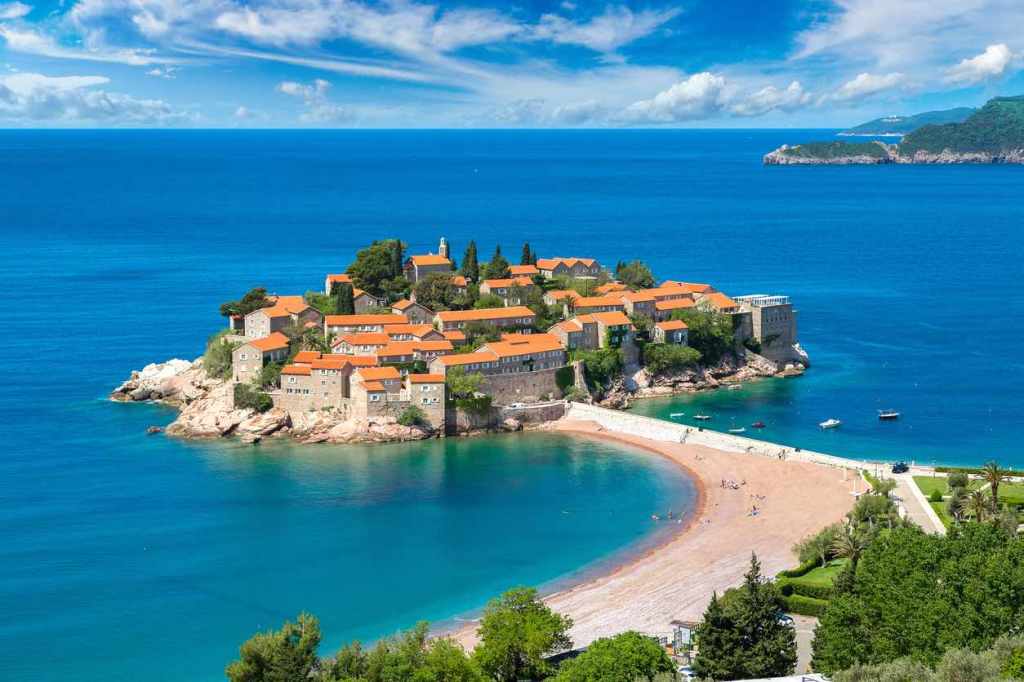
It’s not possible to stay in the Aman Resorts-owned hotel there at the moment (and it would cost you the better part of £5,000 for a few nights) due to a dispute over beach rights. But staring out at it from Villa Geba, which is perched in the village facing it, is more than compensation. As Dapchevich says, better to look out at one of Montenegro’s most photographed spots than be on the island looking back at the far more normal village.
Certainly Geba is set up for taking in the view, with an infinity pool set into its smooth Romanesque terrace and floor-to-ceiling glass on all floors. I spend most of breakfast sipping Mariage Frères tea and staring languidly at Sveti Stefan’s rust pink roofs under which Marilyn Monroe and Orson Welles have stayed.
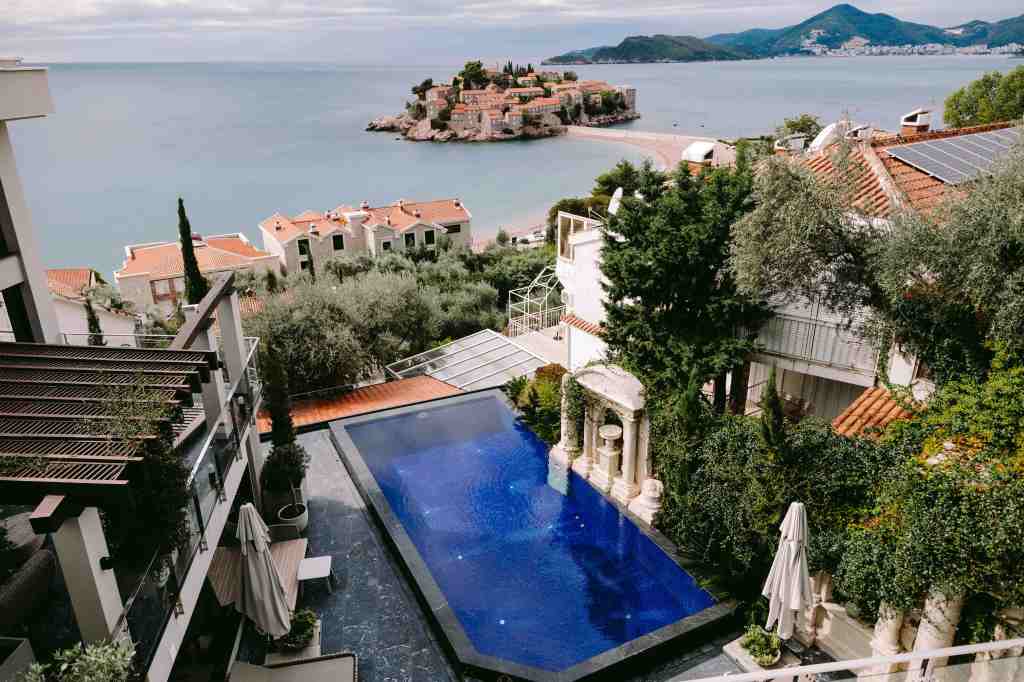
Beaches and their pebbles aside, one of Montenegro’s more surprising emerging assets is its wine scene. Tucked in and around the mountains of Lake Skadar, southern Europe’s largest lake, are tens, perhaps hundreds, of tiny family vineyards. Almost immediately upon arrival in Virpazar, the main gateway town to the Lake Skadar National Park, we put on the hiking boots and set off on a mind-bendingly scenic (and affordable) wine-tasting tour.
Misko Lekovic, whose family has been in the Skadar area for 14 generations, is typical of the area, if a little better set up for customers than most. He produces around 3,000 bottles of Chardonnay each year at his Garnet winery, timing the harvest precisely to capture a zesty tartness before the grapes dry up too much in the Montenegrin heat.
But the real crowd-pleasers, he says, are his red and rosé varieties which are made with the local Vranac grape. The red is known as ‘black wine’ such is the depth of the colour, he tells us as we sit under his dripping veranda in the village of Godinje, a heritage site that Lekovic campaigned to protect, sampling his homemade olive tapenade along with slugs of Vranac.
Like all the Montenegrins, Lekovic is hardened by the history of the area but intensely proud of what his country has to offer. And the next day, floating among the water lilies in Lake Skadar when the sun re-emerges, I can’t help but think that I’m glad we squeezed in a trip before the secret gets out too far.

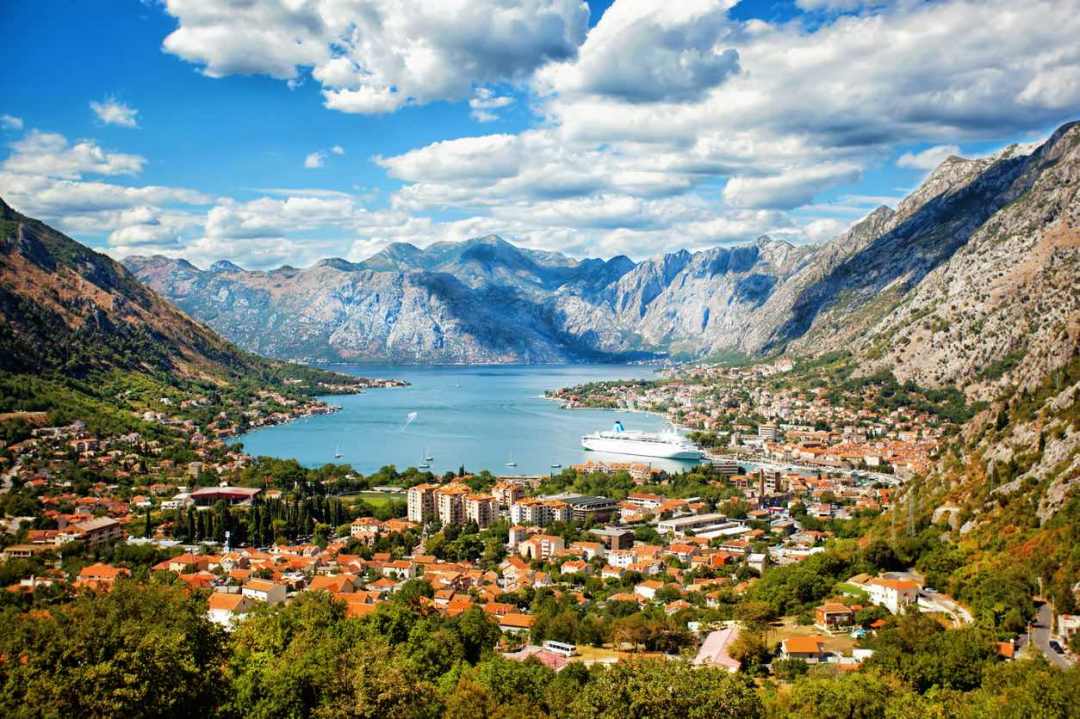
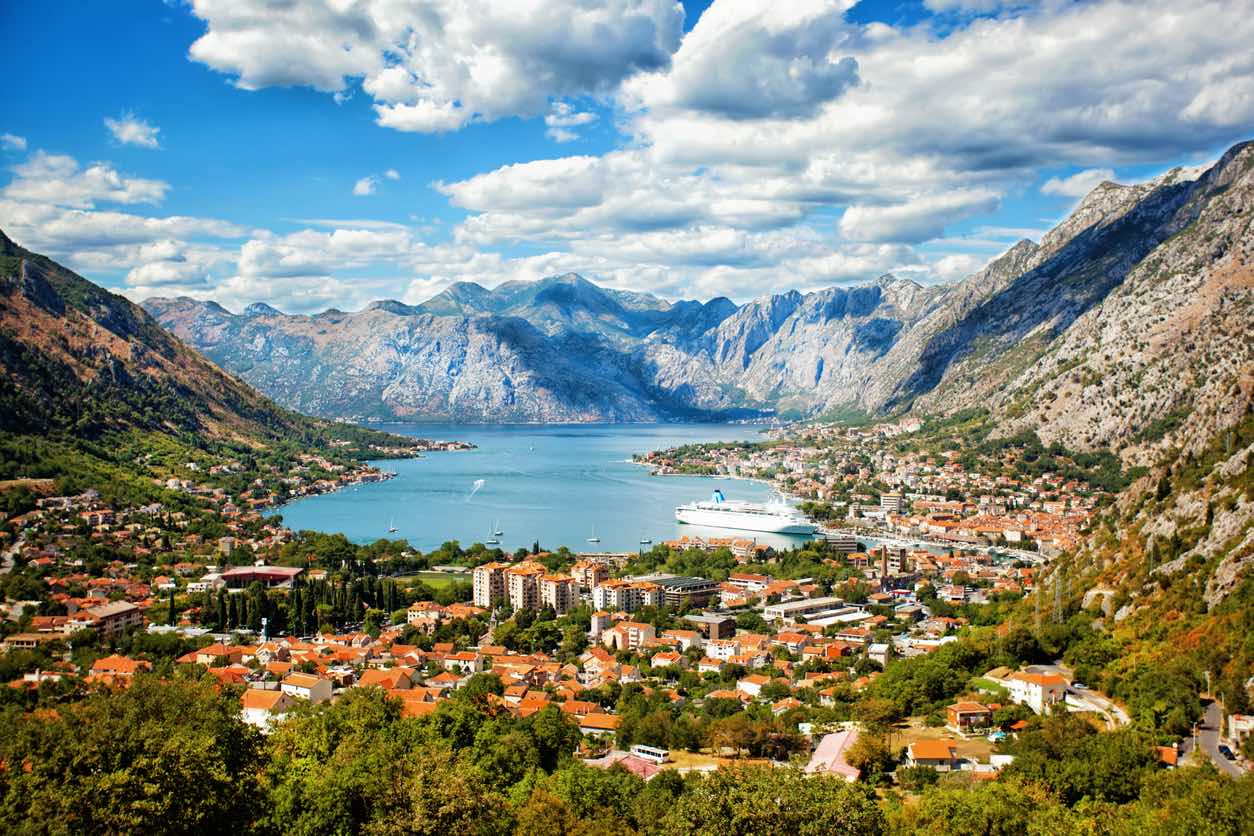




Comments